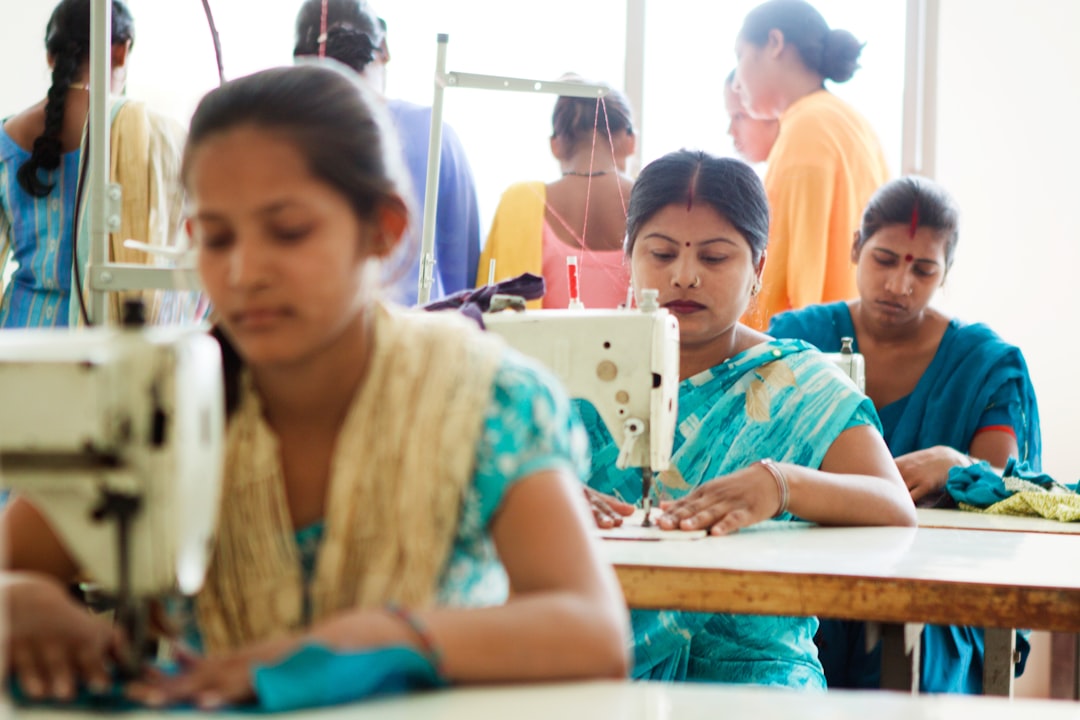What is it about?
In September 2020, destructive wildfires in Oregon burned over a million acres of land and destroyed numerous homes. Toxic smoke blanketed the state, but for a state with some of the highest levels of unsheltered people, warnings went largely unheeded. This worsened the problem of homelessness. Yet, the media and relief agencies made a distinction between people who lost their homes in the fires and those who were already homeless. The authors of this paper investigated the impact of this distinction on relief decisions.
Featured Image

Photo by Jon Tyson on Unsplash
Why is it important?
During natural disasters, decisions of who lives or dies, who gets help and who does not, are based on social calculations. The language used to describe losses in such situations remains static and detached. To understand this, the researchers checked media reports from local news sources with the largest audiences across print, radio, and television. They observed that the media’s language separated individuals displaced from their permanent dwellings due to wildfires from those homeless before the wildfires. The former were never described as homeless; instead, they were called evacuees, creating a divide that influenced the prospect of empathy as well as the distribution of support and services and the prioritization of assistance. Additionally, while the media elaborately covered the experiences of evacuees and made their voices heard, there were no interviews or stories about the impact on homeless people. This lack of representation erased their existence and excluded them as people who have a reason to be without a home and the right to emergency services. KEY TAKEAWAY: These findings show how language in media representation sustains injustices and division. Moreover, the 2020 wildfire is just one aspect of climate change that threatens to worsen housing inequality and displacement, stressing the need for society’s understanding of houselessness to evolve. Unheard voices need to have a say in policymaking to achieve environmental and social justice in the future. This can be done through active listening, observation, and taking meaningful action. This research relates to the following Sustainable Development Goals: • SDG 11: Sustainable Cities and Communities • SDG 1: No Poverty • SDG 10: Reduced Inequality • SDG 13: Climate Action • SDG 16: Peace, Justice, and Strong Institutions
Read the Original
This page is a summary of: Natural / Disaster: Differential Media Portrayals of Wildfire Displacement and Homelessness in Portland, Oregon, Culture Studies ↔ Critical Methodologies, October 2022, SAGE Publications,
DOI: 10.1177/15327086221130317.
You can read the full text:
Resources
SDG Showcase: Goal 11 – Sustainable Cities and Communities
More plain language summaries of research relevant to Sustainable Development Goal 11: Sustainable Cities and Communities – brought to you by the SDG Knowledge Cooperative
SDG Showcase: Goal 1 – No Poverty
More plain language summaries of research relevant to Sustainable Development Goal 1: No Poverty – brought to you by the SDG Knowledge Cooperative
SDG Showcase: Goal 10 – Reduced Inequalities
More plain language summaries of research relevant to Sustainable Development Goal 10: Reduced Inequalities – brought to you by the SDG Knowledge Cooperative
SDG Showcase: Goal 13 – Climate Action
More plain language summaries of research relevant to Sustainable Development Goal 13: Climate Action – brought to you by the SDG Knowledge Cooperative
SDG Showcase: Goal 16 – Peace, Justice and Strong Institutions
More plain language summaries of research relevant to Sustainable Development Goal 16: Peace, Justice and Strong Institutions – brought to you by the SDG Knowledge Cooperative
Sage Sustainable Development Goals Showcase
More plain language summaries from Sage relevant to Sustainable Development Goals
SDG Knowledge Cooperative
More plain language summaries of research relevant to all the Sustainable Development Goals.
Climate Change Showcase
More plain language summaries of research relevant to Climate Change
Contributors
Be the first to contribute to this page










